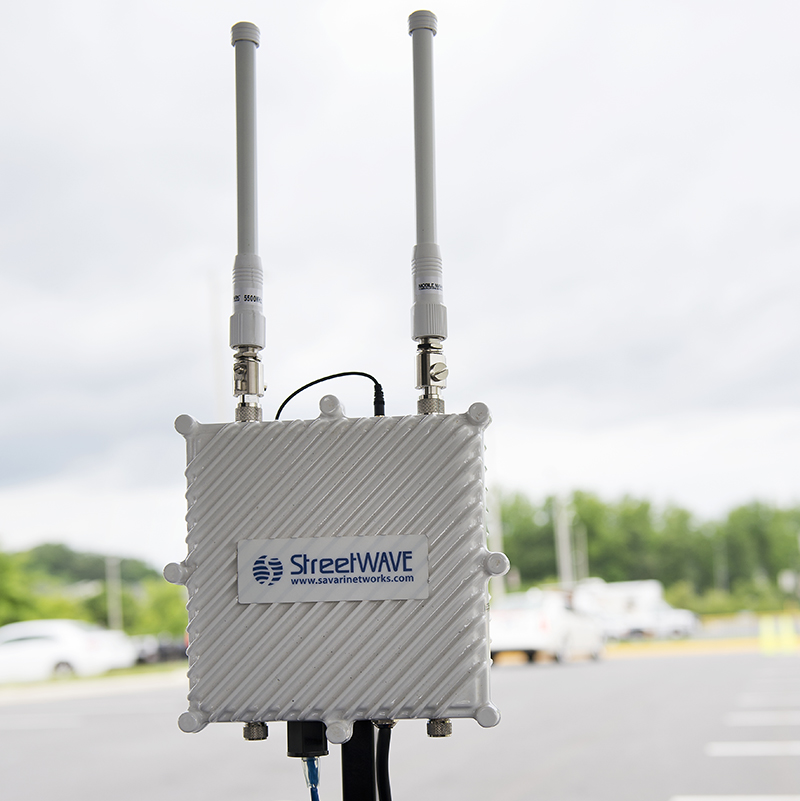V2X Data Infrastructure
The VCC supports vehicle-to-everything (V2X) communications utilizing the following infrastructure components.
VCC Cloud
The VCC Cloud provides a centralized system that supports the management of connected vehicle message traffic between entities interacting on the VCC. Connected vehicles will support connection to the VCC Cloud computing environment via cellular or DSRC communications. All message traffic is received by the Cloud and posted to a series of message queues providing a convenient access point and API through which other applications may access the system. Additional interfaces have been created that pull traffic, incident, weather, and dynamic message sign data from the VDOT data-sharing website and automatically generate TIMs that are posted to the RSUs and cellular data interfaces for display to drivers. All message traffic is archived to a persistent data storage and management system.

Dedicated Short Range Communications (DSRC)

There are currently 49 roadside units (RSUs) located throughout the Northern Virginia Test Bed and ten on the Virginia Smart Roads that facilitate DSRC communications. DSRC, essentially Wi-Fi for cars, is very fast (0.002 seconds latency) and reliable, allowing for localized imminent collision warnings. RSUs have relatively short range (300 meters) but have been installed on both freeways and intersections to provide near contiguous coverages areas.
There are 30 arterial/intersection RSUs which are Cohda MK5 models, enabled with a custom software interface to the signal controllers which provide data used to generate signal phase and timing (SPaT) and MAP messages. An additional 19 Cohda MK5 RSUs are located on the freeways.
The overall health of each RSU is monitored via the VCC Monitor web application. The RSUs send custom “heartbeat” messages into the VCC Cloud once a minute to indicate proper function and the reliability of each RSU over the previous 24 hours is depicted using a color-coding scheme on VCC Monitor.
The RSUs are also enabled to receive basic safety messages (BSMs) from connected vehicles within range, and to broadcast traveler information messages (TIMs) from the RSUs to passing vehicles.
Cellular
The technology within the VCC can also utilize 3G/4G cellular technology to facilitate communication between connected vehicles and infrastructure in areas where DSRC is unavailable. This enables connectivity in a broader geographic area than can be supported by RSUs (DSRC technology) alone. However, cellular communications are less reliable than DSRC, have a longer latency (1.5 – 3.5 seconds), and are reserved for applications where message receipt is not time critical.